Does the locker have a self-locking latch? Would you ever crawl inside? Even with the l id open, the inside of a locker can be a dangerous place, especially in hot or cold weather, in conditions when air quality could deteriorate, or if you are contorted into a potentially harmful position.
If you drop in on the YouTube channels of some of the people mentioned in this month’s report on the Lagoon 450 bulkhead, you’ll watch people crawling around in very tight quarters, in darkness, and with very little ventilation. In some cases they are working with very hazardous laminating resins. Although they are wearing personal protection equipment (PPE), it is important to understand that tightly confined spaces push the limits of some of the protective gear that we wear.
According to the Occupational Safety and Health Administration, a confined space is defined as a space that has limited or restricted means for entry or exit and is not designed for continuous occupancy. A permit is required to work in a confined space that contains a substance that has the ability to engulf or asphyxiate the entrant (flooding, for example), a potentially hazardous atmosphere (lack of oxygen, excessive CO2 or CO, or fuel or paint/adhesive fumes), spaces with inwardly converging walls within the space, or a floor that slopes downward, tapering to a small cross-section (many lockers do this), or any other serious safety or health hazard (heat or cold, sharp edges, or unguarded electrical wires or machinery).
In other words, practically every locker on a boat and all of those spaces that open to the bilge is potentially dangerous. In a commercial working environment, specific job training applies, a written permit identifying common hazards and defining the means used to mitigate these is required, and at least two people are always required—the worker and an attendant, or supervisor.
In my engineering career I’ve observed too many close calls and several fatalities. Injuries were caused by burns, falls, and pressure washer injection. In several instances, workers were knocked unconscious by gasoline or paint fumes. In one accident fiberglass fumes killed four workers. In another lack of oxygen killed two workers. In the latter case, the second fatality was a would-be rescuer, who didn’t take time to determine why the first worker went down. He should have asked for help.
Every sailor should be trained, or at least aware of the potential risks of confined spaces on their boat. While it may not be practical for boaters to comply with all of the OSHA requirements, you should still consider each of them, and do what you can to minimize hazards. Ventilate to remove fumes and provide oxygen, de-energize power supplies greater than 12 volts, make sure you can’t get stuck, and have a watcher available to help or summon help.




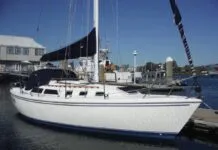





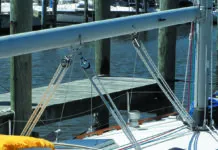

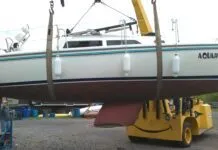
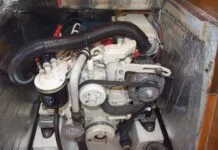
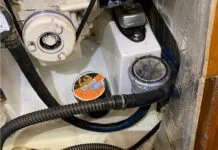
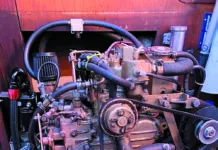
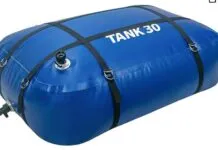

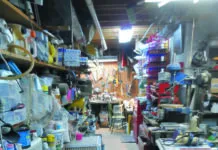













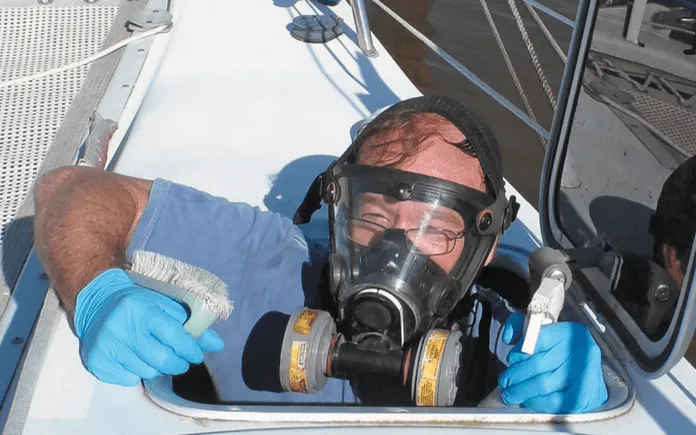
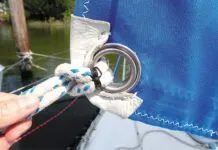
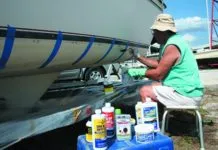





Thanks, I’ll use an exhaust fan. Rosemary